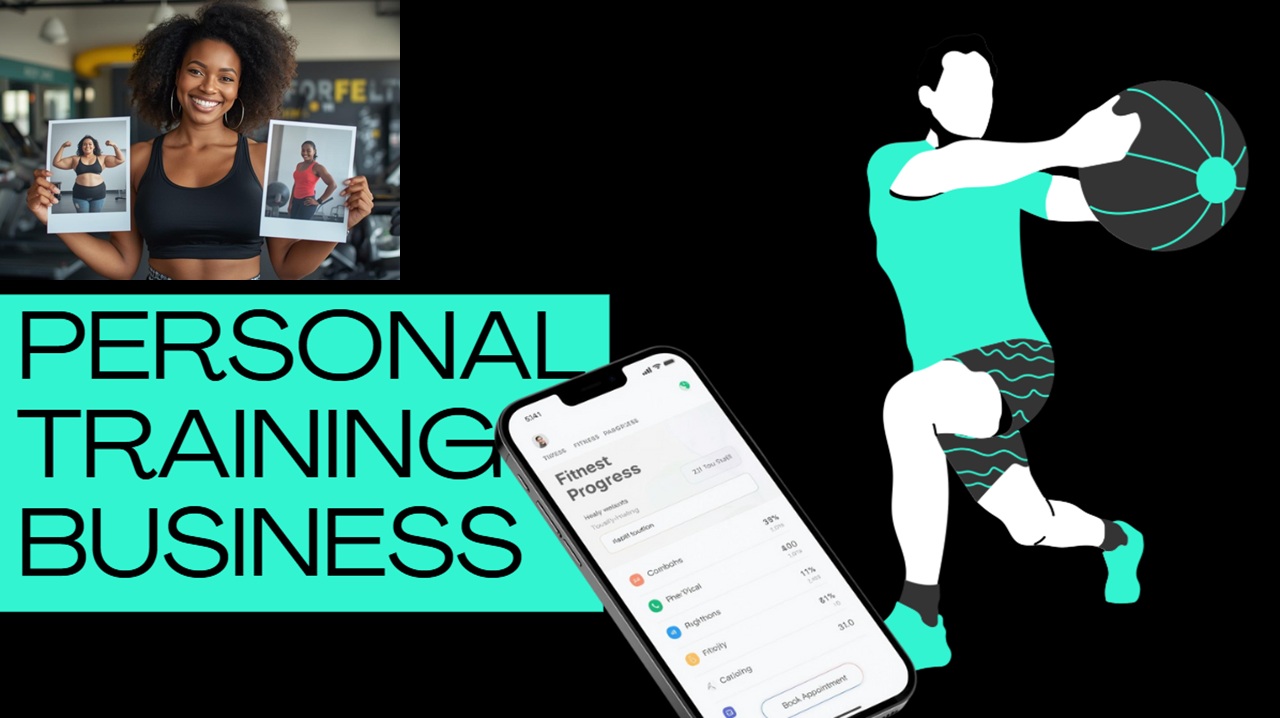Hope doesn’t keep clients; personal trainer progress tracking does. When people can see their energy, sleep, and reps trend upward, motivation sticks and renewals follow. A simple dashboard on your SphereCard—paired with clear booking—turns “I think it’s working” into “I know it’s working.”
Why personal trainer progress tracking keeps clients
Numbers tell the story quickly. With personal trainer progress tracking, you capture the habits that drive results—sleep, steps, protein, and sessions—right beside visible wins like heavier lifts or longer holds. Moreover, short weekly notes (“Mood 7/10,” “Knees felt stable”) add context the scale can’t. Consequently, clients connect effort to outcomes and choose to continue.
Design a fitness progress dashboard clients understand
Juno rebuilt her public hub around one page that anyone could read at a glance:
- Outcome tiles: Energy, sleep, confidence—scored 1–10—sit above body metrics.
- Lift cards: Best set this month vs. last; green arrows signal progress.
- Habit streaks: Protein targets, step counts, and mobility minutes shown as simple streak lines.
- Check-ins: A Friday “two wins, one snag” note from the client.
- Actions above the fold: Book Appointment (or Book Order) tied to the daytime calendar, Messaging for quick tweaks, and Video Chat for a 10-minute form check.
Because everything lives on one SphereCard link, people stop hunting across apps and start training.
Step-by-step: build your personal trainer progress tracking flow
- Pick four signals. Choose two habit signals (e.g., sleep hours, protein grams) and two performance signals (e.g., RPE on the main lift, timed plank). Therefore, the dashboard stays simple and useful.
- Anchor weekly wins. Ask for a Friday note: “What felt easier? What still feels hard?” Additionally, paste one photo or mini-clip when relevant.
- Show month-over-month change. Display best set or pace this month vs. last; small arrows and ± deltas make progress obvious.
- Tie data to sessions. After each workout, suggest the next slot with Book Appointment / Book Order on your daytime calendar. Consequently, momentum becomes routine.
- Coach in the margins. Use Messaging for micro-adjustments (“+10g protein,” “swap incline walk for bike”); reserve Video Chat for form checks and deload planning.
- Celebrate adherence, not perfection. Publish a simple streak counter; when a streak breaks, the next check-in starts a fresh one—no guilt, just the next rep.
Screen-share: 3 minutes from doubts to data
On a quick Video Chat, Juno shares her SphereCard:
- Minute 1 — Outcomes first: Energy moved from 5 → 7; sleep from 6.2 → 7.0. Therefore, recovery supports training.
- Minute 2 — Performance next: Hip hinge RPE dropped at the same weight, and plank increased by 20 seconds. Moreover, habit streaks show 5 protein hits this week.
- Minute 3 — Book and adjust: Tap Book Appointment for two upcoming sessions on the daytime calendar. Then send a Messaging note: new warm-up, lighter last set, and an easy win to log Friday.
Clients leave with proof, a plan, and a date—no second guessing.
SphereCard setup for trainers (copy this)
- Form title: “Book Appointment” (or Book Order for program packages) → routes to your daytime calendar
- Messaging on for micro-tweaks; Video Chat for form checks and goal reviews
- Display widgets: Progress Dashboard, Habit Streaks, Lift Cards, Programs & Packs, Reviews, About/Certs, Calendar
- QR flyer for the rack, water station, and check-out desk: “Scan for your dashboard & book your next session.”
Tip: Add one non-scale tile clients choose themselves (e.g., “stairs feel easy,” “back feels safe”). Autonomy builds buy-in.
Final takeaway
Belief compounds when progress is visible. By centering personal trainer progress tracking on one SphereCard link—with booking, messaging, and video support—you turn data into decisions, doubt into momentum, and first packages into long-term clients.

